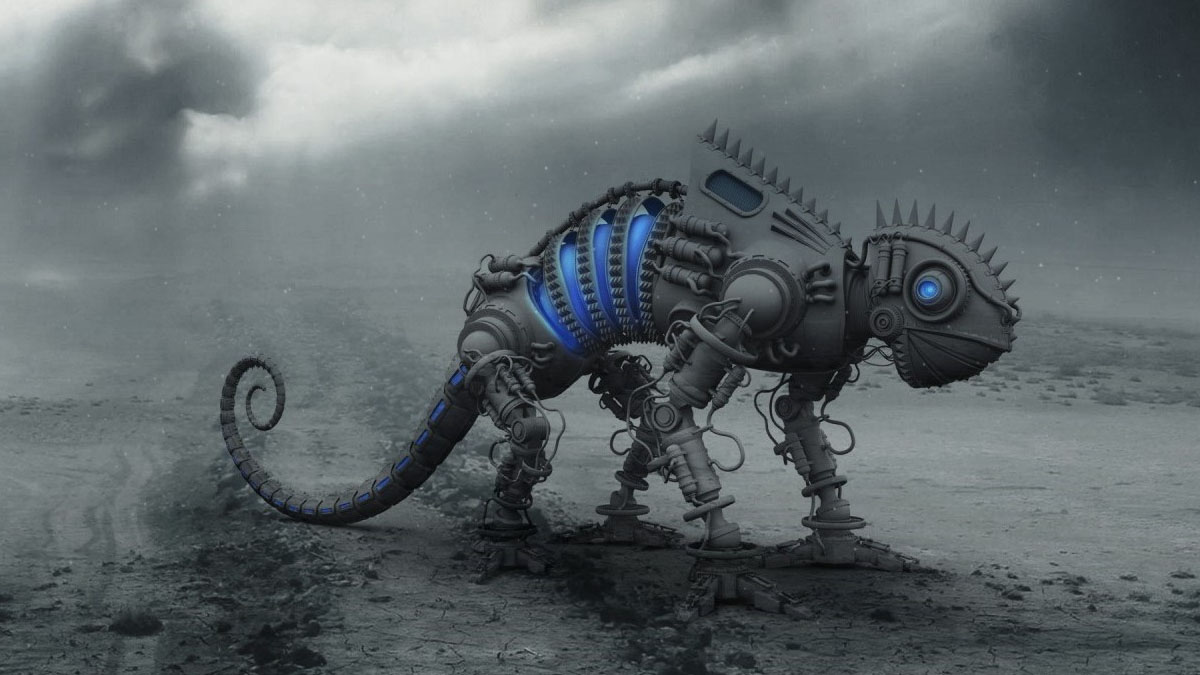evolution’s cybernetic helpers

Usually, when we talk about scientists testing and updating the theory of evolution, we mean genetic research or studies done in biology labs. Very rarely do you hear anything about experiments in which a little swarm of robots or computer programs is used to figure out how complexity can appear from chaos when we add a few simple rules to simulate natural selection. As it turns out, even the most complex behaviors can be the result of random survival strategies being narrowed down and constantly tweaked with each new generation.
Consider a recent Swiss study in which robots wandering between a zone that drained their batteries and a zone which charged them developed the skills to track down the recharging station and several strategies for communication. Some robots warned others if they were about to wonder into the draining zone. Others lead their mechanical brethren into draining zones on purpose so they could get to the recharging zone with less competition. The interesting part was that the researchers didn’t program them to do any of this. They simply selected randomly programmed robots with the longest remaining battery life at the end of each trial in order to download whatever patterns their software brains formed for the next generation and ran their experiment again, effectively simulating the role of natural selection.
Besides showing us the origins of behavior and how altruism and selfishness become viable strategies for survival, the experiment also confirms something else seen with digital simulations of evolution. The lack of fine tuning or a specific, purposeful design is what allows for all this complexity to take place. When there’s a large degree of randomness involved in finding a workable strategy to live and pass on one’s genes, you get behaviors which become more and more elaborate as they’re constantly built on by generations of offspring free to do something new with the survival methods they inherited.
Now you may be wondering if building machines that simulate evolution could lead to robots running through the same process as living things and modifying themselves in new and creative ways. The answer is a yes, but with some major limitations. Unlike living things, robots can’t randomly mutate and alter their forms. They could only replicate specific evolutionary events for which we set guidelines. For them to function beyond their intended design would require us to make changes and direct their processes in the general direction we’d want to see next. At the end of the day, there’s only so much that circuitry can do…





